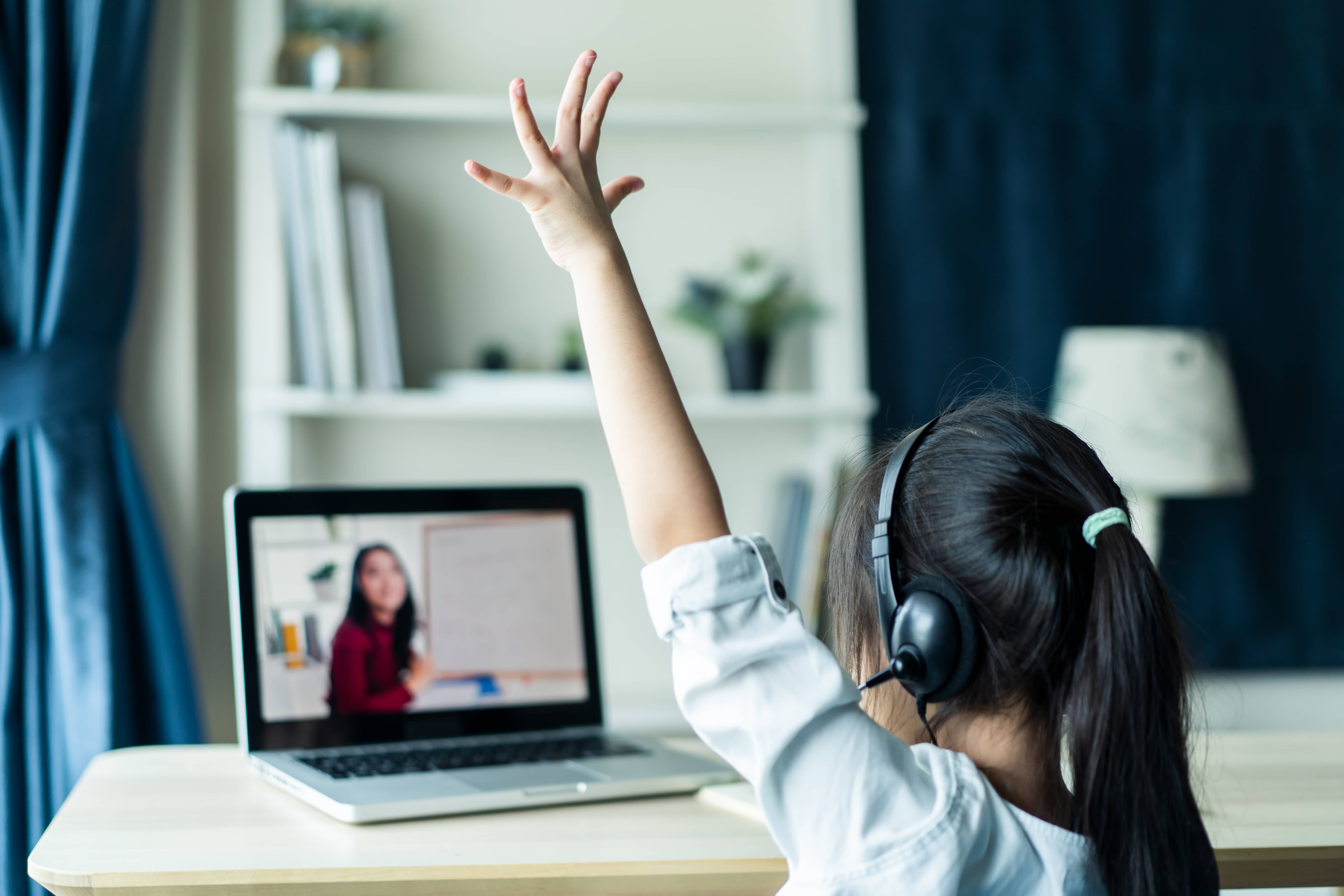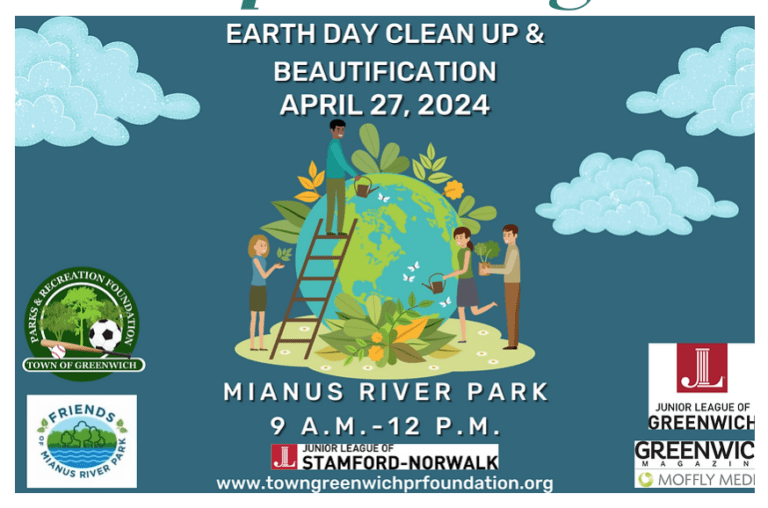

By: Jack Creeden
A year ago at this time most of us knew very little about pandemics, and hardly any classroom teachers were masters of distance learning. Last February we were beginning to pay attention to the stories, first from China, and then quite noticeably from the State of Washington. But our attention was rather casual.
I remember a fellow Head of School in Washington cautioned me. He said, “When it comes, you need to be prepared because the virus strikes quickly and very few of us are prepared.”
How prophetic! And here we are a year later, still learning about the virus, working hard to encourage community-wide safety measures, and committed to in-person learning when possible because of its undeniable advantages compared to virtual classrooms.
Teaching and learning have certainly changed. We’ve modified and adjusted what we do in class. Although the conditions under which we will open next fall are still uncertain, here are a number of possible changes for the better we can implement because of Covid – 19.
1. Reduction of standardized testing – because of social distancing requirements, we have not been allowed to administer the seemingly endless set of quantitative tests. Whether it is the annual state-mandated testing or the ACTs, SATs APs, ERBs and SSATs, classroom teachers and educators across America have been forced to find new ways to measure academic success. The million dollar testing industry in America is crying, “Foul,” but it is no match for Covid-19. As a result, we no longer evaluate students based on the snapshot of a three hour test. Instead, we can and must develop new ways to measure mastery of learning and development of proficiencies that are linked to curricular goals.
2. Refocus on the common good – I admit to being encouraged by the collective acts in our school communities to keep everybody healthy. It is natural for parents to make sure their children are not in jeopardy when they come to school. But parents are also behaving themselves in ways that demonstrate they support safety guidelines in order to keep the whole community healthy. When parents wear masks at drop-off, when they understand why we cannot let them in the building, why no outside food is allowed and why strict classroom cohorts are essential to manage the spread of the virus, they are acting on behalf of the common good. It is not simply about “my child,” but about all students, faculty and staff. The Varsity Blues scandal in California portrayed education as a private good. It was all about my child. Honoring Covid-19 guidelines in school is about caring for others and protecting my family.
3. Revised role for technology – long heralded as the predictor of the future of education, we now see the importance of balancing technology with in-person learning. Yes, we can and should use technology to supplement what is going on in the classrooms. And certainly technology is an efficient tool to help us differentiate learning in large classes of students. But it still takes a master teacher to assess those skills, create a plan to enhance learning, and motivate a student to apply himself or herself to the challenge ahead.
4. Wellness is central to learning – health educators and the mental health community have told us this for decades, but we haven’t truly listened until now. Instead of wellness, we have prized the accumulation of high tests scores, dozens of extra-curricular activities, endless tutoring, and summer institutes where our children reach ever higher levels of achievement with other similarly gifted (?) and talented young people. No longer is it good enough to have a summer job cutting grass, lifeguarding or scooping ice cream at the beach. Students now must accumulate a series of high school internships to compete for admission into the most selective colleges and universities. Last spring and this fall, we finally listened to students who told us of deteriorating social-emotional health while immersed in distance learning. In the past we haven’t paid attention to the number of students who reported increasing levels of stress due to school. We now have the chance to create a more balanced and healthy curriculum for students. We must not waste this opportunity.
5. Learning in person is essential: Common space is required – Zooming in to a class has its advantages. It is cool to have a conversation with another student who is going to school a different country. It’s a natural way to teach cross cultural competency. But learning is a contact sport and we need to have real-time, in-person contact with one another in the classroom. Moreover, students need space and time to congregate, to interact and to share their observations. It is how they explore, discover and grow in both cognitive and affective domains. I sadly remember an exchange with a school supporter who asked why proposed new construction included classroom and common spaces. “Don’t we just need better classrooms,” he asked? Now that we cannot gather together, we realize the value of indoor and outdoor spaces where faculty and students can come together, to sit and talk, or in some cases, just to quietly observe all that is going on around them. Those spaces cost additional money to build, but contribute to community and individual well-being.




